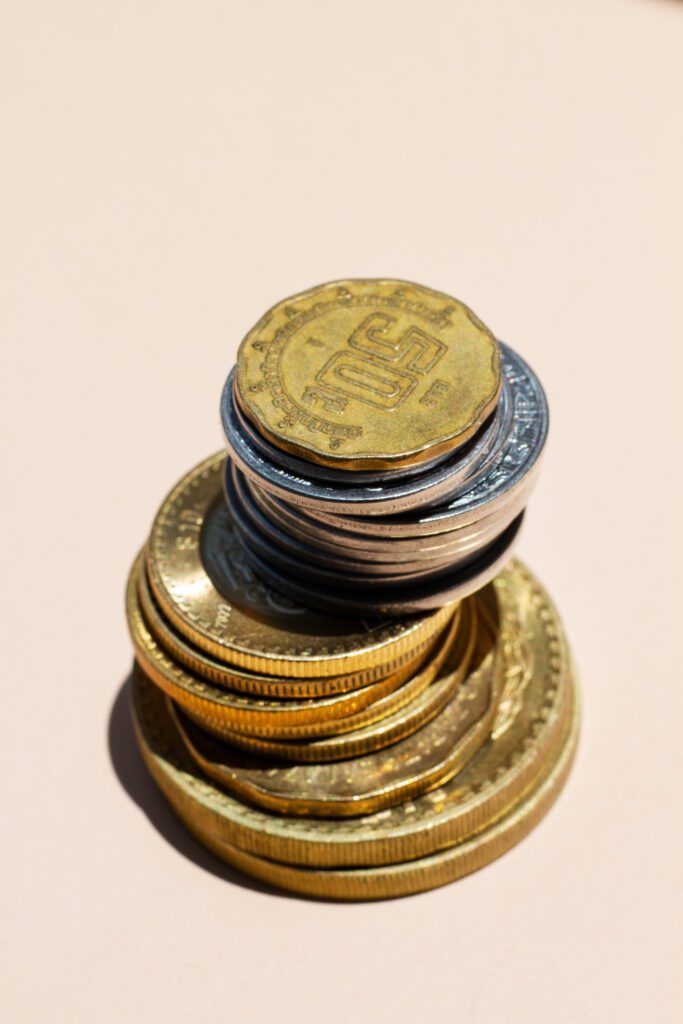
Table of Contents
Table of Contents
- Introduction to Custom Challenge Coins
- A Brief History of Challenge Coins
- Designing a Custom Challenge Coin
- Popular Uses and Occasions
- Materials and Manufacturing Process
- Collecting Custom Challenge Coins
- How to Properly Care for Your Coins
- Conclusion
Introduction to Custom Challenge Coins
Custom challenge coins have become popular tokens in various sectors, ranging from the military to corporate environments. These coins are more than mere collectibles; they serve as a token of appreciation, a mark of unity, or a keepsake for significant events. For instance, custom challenge coins are often used to celebrate milestones, achievements, and special occasions. These beautifully crafted coins usually contain intricate designs, specific emblems, and meaningful symbols representing the group or event they commemorate. Understanding the intricacies of these unique tokens can offer insights into their growing usage and enduring significance. The personalized design and detailed craftsmanship add layers of sentimental value, transforming simple metal pieces into cherished items. Whether utilized within honor and recognition or as personal mementos, custom challenge coins hold a unique place in various social contexts.
A Brief History of Challenge Coins
The practice of challenge coins originated during World War I, transforming from a form of recognition within the military to a representation of unity among comrades. Initially, they served as a practical tool during the war to prove one’s membership to specific units. Over the years, their use expanded, becoming a tribute to solidarity, shared experiences, and personal achievements. The historical backdrop of challenge coins is rich and varied, reflecting their significance in military history. During World War II, for example, challenge coins gained further prominence and became used as morale boosters among soldiers. They were also presented as a form of recognition for exceptional bravery. Learn more about the historical significance of these tokens and their role in modern-day practices. Understanding the rich history behind these coins can deepen our appreciation for their contemporary use and value.
Designing a Custom Challenge Coin
Creating a custom challenge coin involves several key steps. First, it begins with concept development, where the initial idea is sketched and refined. This stage is essential because it establishes the groundwork for the coin’s design. The concept often starts with a brainstorming session to gather ideas that reflect the purpose and essence of the coin. It may include specific symbols, colors, or emblems significant to the group or event being commemorated.
Steps to Design
- Concept Development
- Material Selection
- Artwork and Customization
Next comes material selection, which ranges from metals like zinc and brass to copper. Each material’s properties and aesthetics influence the final look and feel. For instance, brass coins offer a classic and timeless appeal, while zinc provides a modern and robust finish. Material selection impacts the coin’s durability, weight, and tactile feel.
Finally, the artwork and customization phase brings the concept to life. This step involves selecting colors, shapes, and additional elements that make the coin unique. Engraving techniques might add intricate details, while enamel filling brings out the vivid colors. The finishing touches often include polishing and plating to add a final layer of sophistication and protection. The result is a beautifully crafted coin that tells a story and holds significant meaning.
Popular Uses and Occasions
While initially rooted in military tradition, custom challenge coins have transcended various fields. In corporate settings, they serve as recognition tokens for employee achievements or milestones. Companies often present them during award ceremonies or corporate retreats to foster a sense of belonging and motivation among employees. Sports teams use them to commemorate victories or special events, fostering a sense of unity and team spirit.
Custom challenge coins are often given as unique souvenirs during special events like weddings or anniversaries, symbolizing shared memories. Guests can receive unique keepsakes personalized with the couple’s names, wedding dates, and other essential details. Their adaptability to various occasions makes them versatile and meaningful.
Materials and Manufacturing Process
Typically made from metals such as zinc, brass, or copper, custom challenge coins undergo a meticulous manufacturing process. The die-struck method is commonly employed, wherein the design is pressed onto the surface to create a raised effect. This process requires high precision and skill; even the most minor details must be carefully crafted to achieve the desired look. After the design is imprinted, the next step is often enamel filling, where colors are added to the raised design elements, enhancing its visual appeal and making the details pop.
Manufacturing Steps
- Die-Struck Methods
- Enamel Filling
- Polishing and Finishing
Each manufacturing step ensures the coin’s durability and aesthetic value, making it a cherished item. The final stages usually include polishing and finishing to give the coin a smooth and refined surface. Different plating choices, like gold, silver, or antique finishes, can also provide an additional touch of sophistication and protection. The elaborate production methods combine to create a long-lasting, premium item that endures through time and holds great value for its owner.
Collecting Custom Challenge Coins
For enthusiasts, collecting challenge coins is a cherished hobby. Collectors often seek unique designs, limited editions, or coins of historical significance. These factors contribute to a coin’s rarity and value, making certain pieces highly sought after in the collecting community. The excitement of searching for collectible coins and the satisfaction of discovering a rare or unusual one enhance the attraction of this pastime.
The value and rarity of certain coins can significantly enhance a collection. Understanding the background and story behind each coin adds to its allure, making the collection more meaningful. For example, coins minted for specific military units or special missions often carry historical importance that resonates with collectors. Displaying and sharing collections with others also fosters community among fellow enthusiasts, further enriching the hobby.
How to Properly Care for Your Coins
Proper maintenance is essential to preserving the pristine condition of custom challenge coins. They should be stored in a dry, cool place, and direct sunlight should be avoided, which can affect the colors and materials. Moisture and heat can cause oxidation or discoloration, diminishing the coin’s appearance. Using airtight containers or protective coin sleeves can help protect against environmental factors.
Care Tips
- Store in Dry, Cool Places
- Avoid Direct Sunlight
- Use Soft Cloths for Cleaning
Cleaning should be done using appropriate materials, like soft cloths, to prevent potential damage. Opting for mild cleaning products made specifically for coins is recommended to avoid scratching or tarnishing the metal caused by harsh chemicals or abrasive substances. Consistent upkeep and correct storage will guarantee your coins stay bright and well-maintained. Following these care tips maintains the coin’s aesthetic appeal and monetary and sentimental value.
Conclusion
Custom challenge coins are more than collectibles; they symbolize unity, achievement, and history. From their intriguing origins to their modern-day applications, these coins hold a special place in various settings. Whether designing one or adding to your collection, their enduring significance is undeniably profound. They are lasting reminders of memorable moments, achievements, and bonds formed within communities. The artistry and craftsmanship that create these coins further enrich their value, making them cherished items across different fields.
